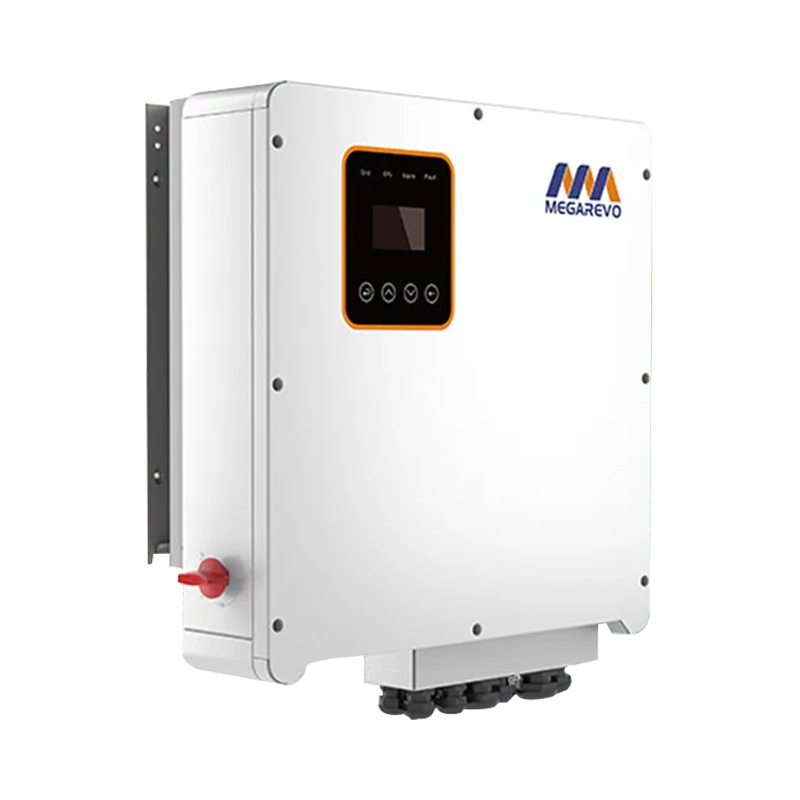-
 FAST SHIPPING
FAST SHIPPING
-
 COMPETITIVE PRICE
COMPETITIVE PRICE
-
 EXCELLENT AFTER-SERVICE
EXCELLENT AFTER-SERVICE
- Home
- Products
- PV Panel
- Full Black Solar PV Modules TP 410W
- Full Black Bifacial Solar PV Modules 420W
- Full Black Solar PV Modules TP 430W
- Solar Module 550W
- Flexible Solar Module 375W
- LONGi-LR5-72HTH-565W Silver Frame Solar Panel
- SUNTECH-STP420S-420W Full Black Solar Panel
- JASolar 435W JAM54D41 Full Black Bifacial Glass Solar Panel
- TW SOLAR 610W MNH66HD Bifacial Solar Panel
- Jinko 620W 66HL4M-BDV Bifacial Solar Panel
- Solar Inverter
- Solar Storage Battery
- Residential Photovoltaic Kits
- Solar Panel Brackets
- Balcony/Garden Photovoltaic Kits
- Outdoor Power Station
- EV charging pile
- Photovoltaic Accessory
- C&I ESS Solution
- PV Panel
- About Us
- News & Events
- Contact Us
Web Menu
- Home
- Products
- PV Panel
- Full Black Solar PV Modules TP 410W
- Full Black Bifacial Solar PV Modules 420W
- Full Black Solar PV Modules TP 430W
- Solar Module 550W
- Flexible Solar Module 375W
- LONGi-LR5-72HTH-565W Silver Frame Solar Panel
- SUNTECH-STP420S-420W Full Black Solar Panel
- JASolar 435W JAM54D41 Full Black Bifacial Glass Solar Panel
- TW SOLAR 610W MNH66HD Bifacial Solar Panel
- Jinko 620W 66HL4M-BDV Bifacial Solar Panel
- Solar Inverter
- Solar Storage Battery
- Residential Photovoltaic Kits
- Solar Panel Brackets
- Balcony/Garden Photovoltaic Kits
- Outdoor Power Station
- EV charging pile
- Photovoltaic Accessory
- C&I ESS Solution
- PV Panel
- About Us
- News & Events
- Contact Us
Product Search
Exit Menu
Product categories
News categories
RECENT POSTS
-
How Power Electronics Are Shaping the Performance and Efficiency of Modern EV Charging Piles
Apr 23,2025 -
Lietuva investuoja į tvarumą: 15 mln. eurų parama atokiems saulės energijos parkams plėtoti
Apr 21,2025 -
Lithuanian Government Introduces €15 Million Scheme to Support the Development of Remote Solar Power Plants
Apr 21,2025 -
Atnaujintos paramos sąlygos saulės elektrinėms: virš 50 mln. Eur kvietimai jau vasario pabaigoje
Apr 21,2025 -
Updated Support Conditions for Solar Systems: Over 50 Million Euros in Calls Starting at the End of February
Apr 21,2025
How can I monitor the performance of my inverter at home?
Monitoring the performance of your photovoltaic inverter is crucial for ensuring that your solar power system operates efficiently and reliably. An inverter is the heart of any solar installation, converting the direct current (DC) produced by solar panels into alternating current (AC) that powers your home or feeds into the grid. To effectively monitor its performance, you need to understand several key aspects of the inverter’s functionality and available monitoring tools.
Firstly, many modern photovoltaic inverters come equipped with built-in monitoring capabilities. These inverters can connect to a local network or the internet, allowing you to track their performance remotely through a web portal or mobile app. This digital monitoring provides real-time data on energy production, system performance, and any potential issues. By regularly checking these metrics, you can ensure that the inverter is operating optimally and identify any anomalies or drops in performance that might indicate a problem.
In addition to digital monitoring, it’s important to keep an eye on the inverter's physical indicators. Most inverters have display screens or LED indicators that show operational status, fault conditions, and performance metrics. Familiarizing yourself with these indicators can help you quickly diagnose issues without needing advanced technical knowledge. For instance, if you see warning lights or error codes, these are typically outlined in the inverter’s user manual, which provides guidance on troubleshooting.

Regular maintenance is also a key component of monitoring inverter performance. Ensure that the inverter is installed in a clean, well-ventilated area to prevent overheating and dust buildup. Periodic inspections by a professional can help identify any potential issues before they become major problems. Additionally, checking the inverter’s connections and wiring can prevent issues related to loose or corroded connections, which can affect performance.
The advantages of investing in a high-quality photovoltaic inverter are significant. Advanced inverters, like those offered by our brand, include sophisticated features such as enhanced maximum power point tracking (MPPT) algorithms and superior grid synchronization capabilities. These features not only optimize energy harvest but also ensure that your system remains compliant with grid requirements, maximizing both efficiency and reliability. By choosing a premium inverter, you benefit from improved performance monitoring tools, comprehensive warranties, and superior support services, all of which contribute to a more efficient and hassle-free solar energy experience.
Monitoring your photovoltaic inverter involves a combination of utilizing built-in digital tools, observing physical indicators, performing regular maintenance, and understanding the advantages of advanced inverter technologies. By staying proactive with these practices, you can ensure that your solar power system continues to operate at its peak, providing you with reliable and efficient energy for years to come.
←
Empowering Communities: The Crucial Role of Solar Storage Batteries in Achieving Energy Independence and Sustainability
→
How does Maximum Power Point Tracking (MPPT) enhance the efficiency of a photovoltaic inverter?
related products
 +39 3444606026
+39 3444606026 [email protected]
[email protected] De Werf 11, 2544 EH The Hague, The Nederland.
De Werf 11, 2544 EH The Hague, The Nederland. WhatsApp: +1 (917) 257 2995
WhatsApp: +1 (917) 257 2995
Copyright © 2023 Uni Z International B.V. VAT: NL864303440B01 All Rights Reserved



 0
0


 italiano
italiano Polskie
Polskie Nederlands
Nederlands Deutsch
Deutsch Français
Français Español
Español Український
Український











